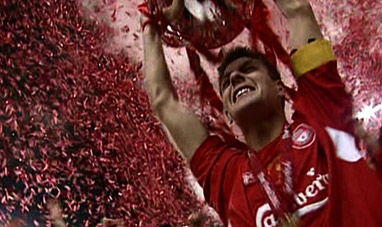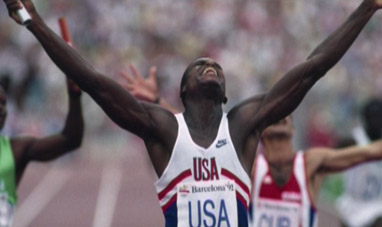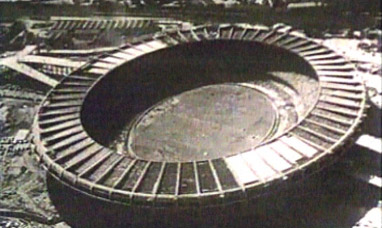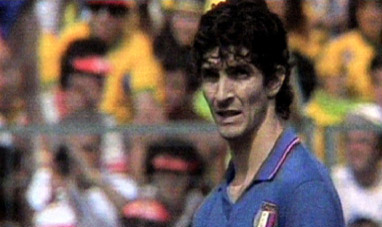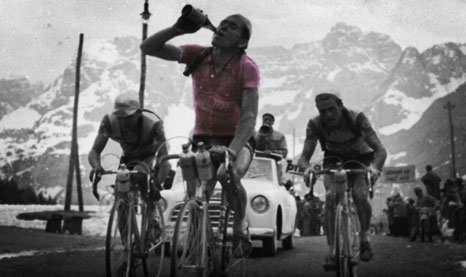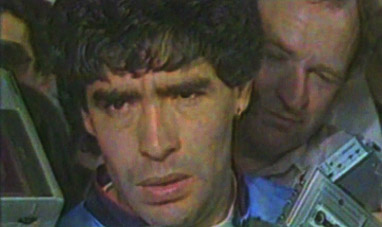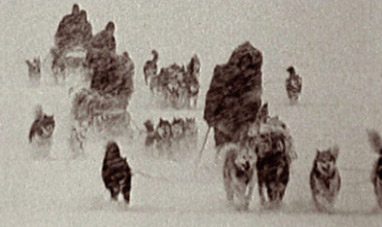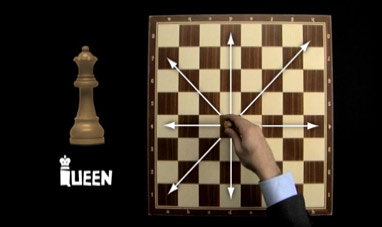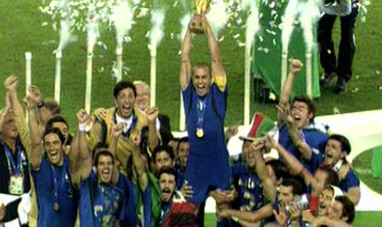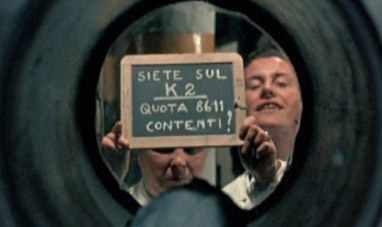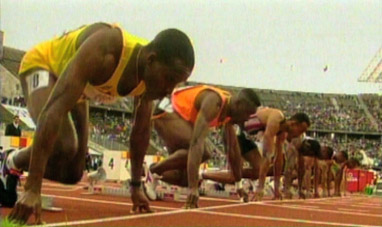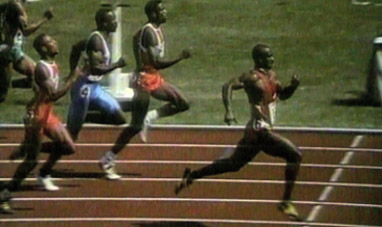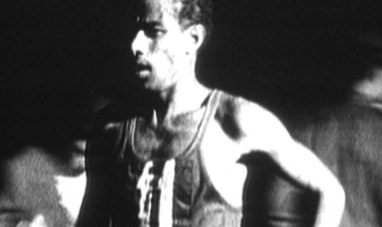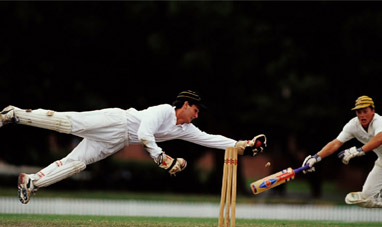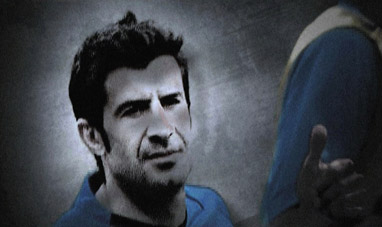On October 20, 1968, a previously unknown competitor at the Mexico City Olympic Games changed this sport forever. The athlete was American Richard Fosbury, and the event was the high jump. Fosbury was born in the US in Portland, Oregon on March 6, 1947. He began to high jump at age 16. At the time, the prevailing jump technique was to leap over the bar by raising the legs one after the other. During the jump, the athlete rotated his body until his stomach faced downwards. This movement gave the technique the name straddle jump.
Fosbury decided to experiment with a new way of jumping. He sprinted diagonally toward the mat in order to arrive with his back towards the bar. He then jumped backwards, propelling his head and shoulders first. In order to perform a straddle jump, athletes had to be strong enough to lift their entire bodies above the bar. The Fosbury flop was less demanding, requiring no more strength from jumpers than it took to get their shoulders over the bar. They could then cruise the rest of the way by curving their backs and lifting their legs. Fosbury’s technique initially met with scepticism, but proved effective. Although he did not have a particularly powerful physique, Fosbury won first place at university championships in 1968. That same year, he qualified for the Mexico City Olympics. To the public’s surprise, he made it all the way to the final round. The other competitors at that stage were the American Ed Caruthers and Valentin Gavrilov, from the Soviet Union. Both used the straddle technique. The bar was set at a height of 2 meters and 22 centimeters. Gavrilov failed all three of his attempts, and was eliminated. Caruthers managed to get over the bar on his second try. Using his trademark jump, Fosbury succeeded on his first attempt.
Fosbury and Caruthers were the last competitors. The bar went up to 2 meters and 24 centimeters, a height no one had ever succeeded in jumping at the Olympic Games. Caruthers failed on all three of his attempts. Fosbury failed his first two. He had just one chance left. The third time was a success. Fosbury set a new Olympic record, taking home the gold medal. His victory proved the effectiveness of his new technique. Unfortunately for Fosbury, soon athletes more athletically gifted than he was started using his method, taking away his only advantage. At the next Olympics, Fosbury didn’t even reach the podium. Yet his name was immortalized in the history of sports. Today, every single competitive high jumper uses the Fosbury flop.
Fosbury decided to experiment with a new way of jumping. He sprinted diagonally toward the mat in order to arrive with his back towards the bar. He then jumped backwards, propelling his head and shoulders first. In order to perform a straddle jump, athletes had to be strong enough to lift their entire bodies above the bar. The Fosbury flop was less demanding, requiring no more strength from jumpers than it took to get their shoulders over the bar. They could then cruise the rest of the way by curving their backs and lifting their legs. Fosbury’s technique initially met with scepticism, but proved effective. Although he did not have a particularly powerful physique, Fosbury won first place at university championships in 1968. That same year, he qualified for the Mexico City Olympics. To the public’s surprise, he made it all the way to the final round. The other competitors at that stage were the American Ed Caruthers and Valentin Gavrilov, from the Soviet Union. Both used the straddle technique. The bar was set at a height of 2 meters and 22 centimeters. Gavrilov failed all three of his attempts, and was eliminated. Caruthers managed to get over the bar on his second try. Using his trademark jump, Fosbury succeeded on his first attempt.
Fosbury and Caruthers were the last competitors. The bar went up to 2 meters and 24 centimeters, a height no one had ever succeeded in jumping at the Olympic Games. Caruthers failed on all three of his attempts. Fosbury failed his first two. He had just one chance left. The third time was a success. Fosbury set a new Olympic record, taking home the gold medal. His victory proved the effectiveness of his new technique. Unfortunately for Fosbury, soon athletes more athletically gifted than he was started using his method, taking away his only advantage. At the next Olympics, Fosbury didn’t even reach the podium. Yet his name was immortalized in the history of sports. Today, every single competitive high jumper uses the Fosbury flop.

